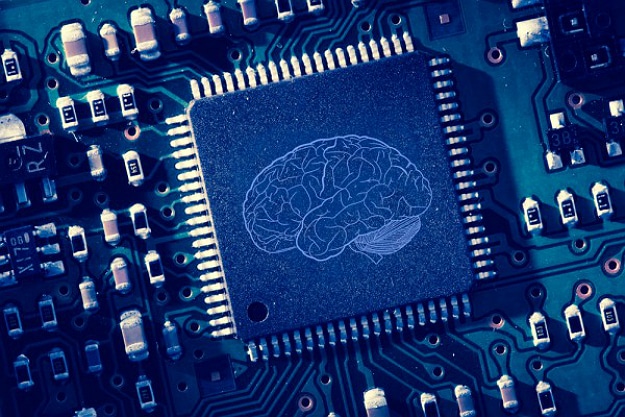Machine learning came into existence over sixty years, when Alan Turing created the ‘Turing test’ to find out whether a computer was really intelligent or not. Now, it is considered to be a core sub-area of artificial intelligence that enables computers to ‘self-learn’ without having to program it explicitly. When computers are exposed to new programs or data, they grow, learn, change, and develop by themselves. Machine learning, therefore, is a set of algorithms that teaches computers to self-learn and develop like humans on a daily basis.
Machine Learning Applications
Here are some of the important fields where machine learning has been applied.
- Adaptive websites
- Classifying DNA sequences
- Brain-machine interfaces
- Detecting credit card fraud
- Game playing
- Bioinformatics
- Cheminformatics
- Affective computing
- Computational anatomy
- Machine perception
- Medical diagnosis
- Natural language processing and understanding
- Information retrieval
- Internet fraud detection
- Recommender systems
- Robot locomotion
- Search engines
- Sentiment analysis
- Optimization and metaheuristic
- Online advertising
Importance Of Machine Learning
[pullquote]Due to constant evolution in this particular sphere, a subsequent rise has been noticed in the various demands, uses, and in the importance of machine learning.[/pullquote] The reason one requires to adopt the art of machine learning would be for extremely valuable predictions that can lead to improved decisions and smart work in real time without the intervention of humans (Source: SAS).
Machine learning is, therefore, a technology that analyses large chunks of big data making it easy for data scientists. This method has also altered the way of data extraction and data interpretation because it is done by automatic generic methods and not through the archaic statistical techniques.
Methods Of Machine Learning
Two popular methods that have been adopted are – supervised learning and unsupervised learning. Supervised learning accounts for about 70% while unsupervised learning is about 10 to 20%. Reinforcement learning and semi-supervised learning are some of the other methods.
Supervised learning – This is possible when the inputs and the results are clearly visible, and algorithms are modified using labeled examples. The learning algorithm would receive a set of inputs and correct output in order to accurately find the errors. On this basis, the model would be modified. It is a type of pattern recognition and learning occurs through various methods like classification, gradient boosting, regression and prediction. This type of learning is therefore used in those applications where historical data is available to predict future occurrences.
Unsupervised learning- This type of learning is used when data has no historical backup. The algorithm is such that it has to explore the data and find a structure. Unsupervised learning works well in the case of transactional data. Popular fields where unsupervised learning can be successfully used are self-organizing maps, singular value decomposition, nearest neighbor mapping etc.
Uses Of Machine Learning
Machine learning has immensely helped in analyzing voluminous data and has led to the following by-products.
- Publishing real-time ads on web pages and mobile devices
- Web search results
- Detecting network intrusion
- Email spam filtering
- Pattern recognition
- Image recognition
Big data has been in the picture for quite some time and now it is machine learning that has taken over the show. Its usability factor in today’s data intensive world is the reason for the rise in popularity of machine learning. It does bear the promise of evolving further and it definitely light years away from extinction.

COMMENTS